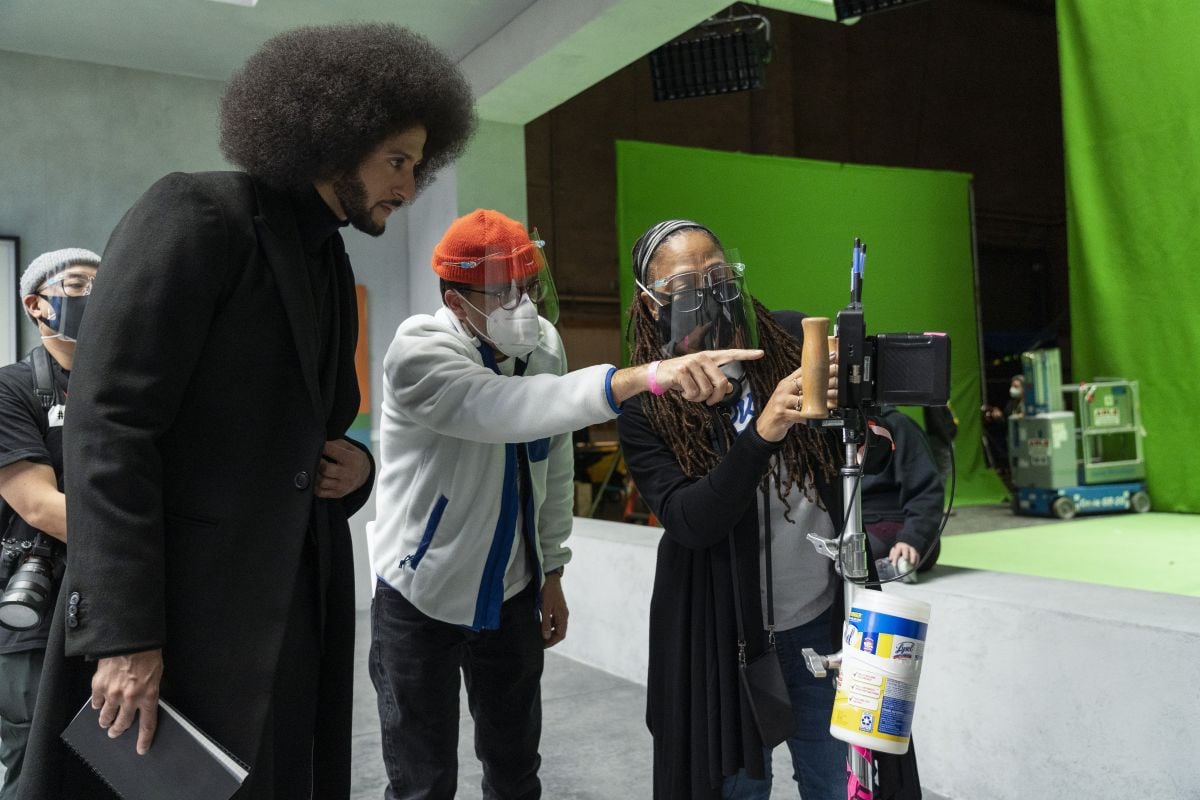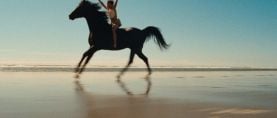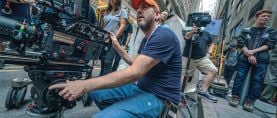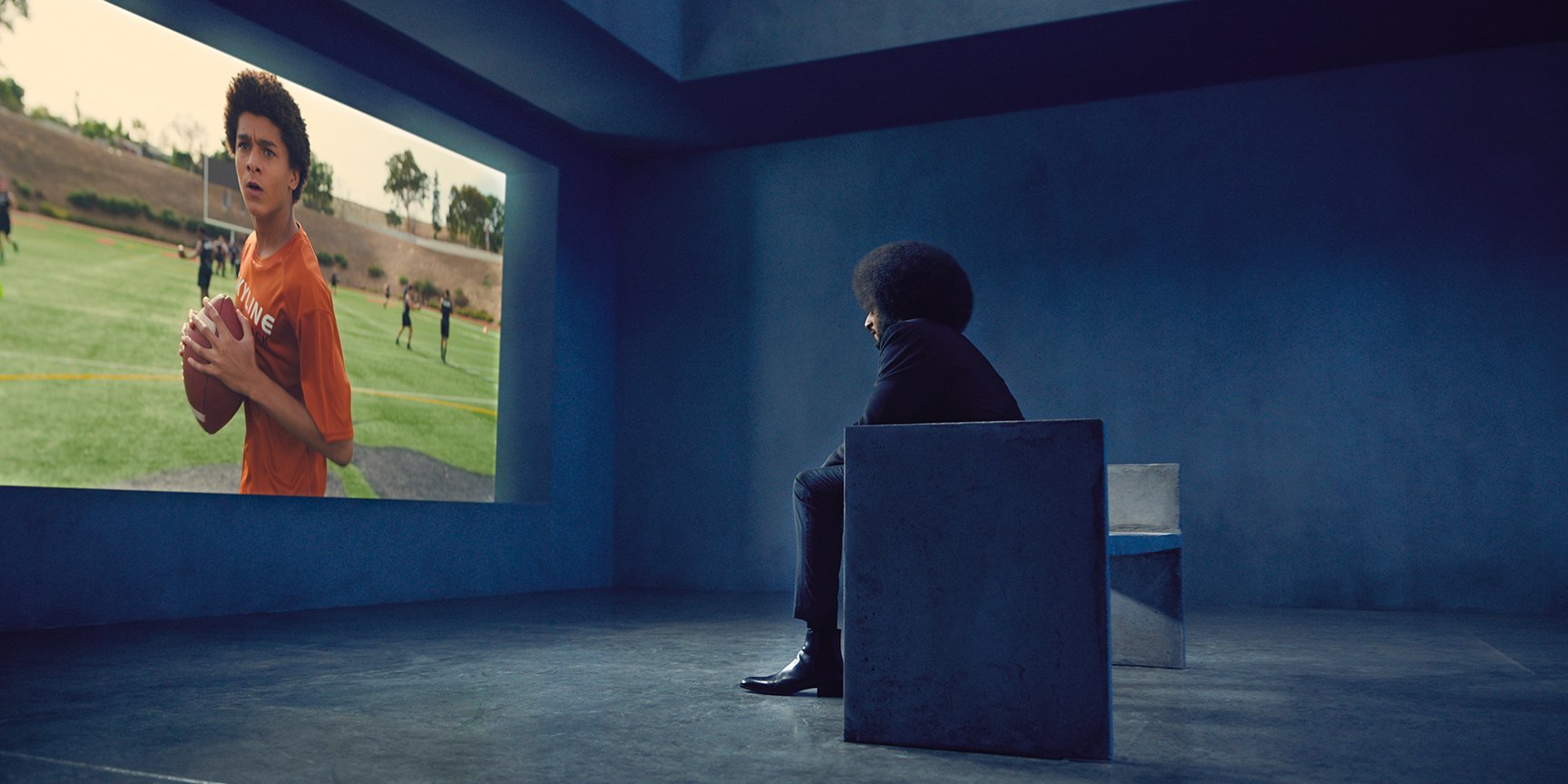
Colin in Black & White: The Kaepernick Gallery
Matthew J. Lloyd, ASC and director Ava DuVernay explore an activist’s athletic origins in Netflix’s hybrid narrative series.
In 2011, 24-year old quarterback Colin Kaepernick began his professional athletic career with the San Francisco 49ers, leading them to the Super Bowl in 2012 and the NFC Championships in 2013. Throughout the 2016 season, in protest to systemic racial inequality and widespread police brutality against Black Americans, he began sitting, then kneeling, during the customary pre-game national anthem. His actions set off a trend in the professional sports world, and sparked a fiery conversation around the relationship between politics and professional sports entertainment.
That sports and politics have a longstanding relationship, and that relationship has roots in racist social structures is the point made in Colin in Black & White, a six-part hybrid narrative series from Netflix and director/EP Ava DuVernay, photographed by Matthew J. Lloyd, ASC.
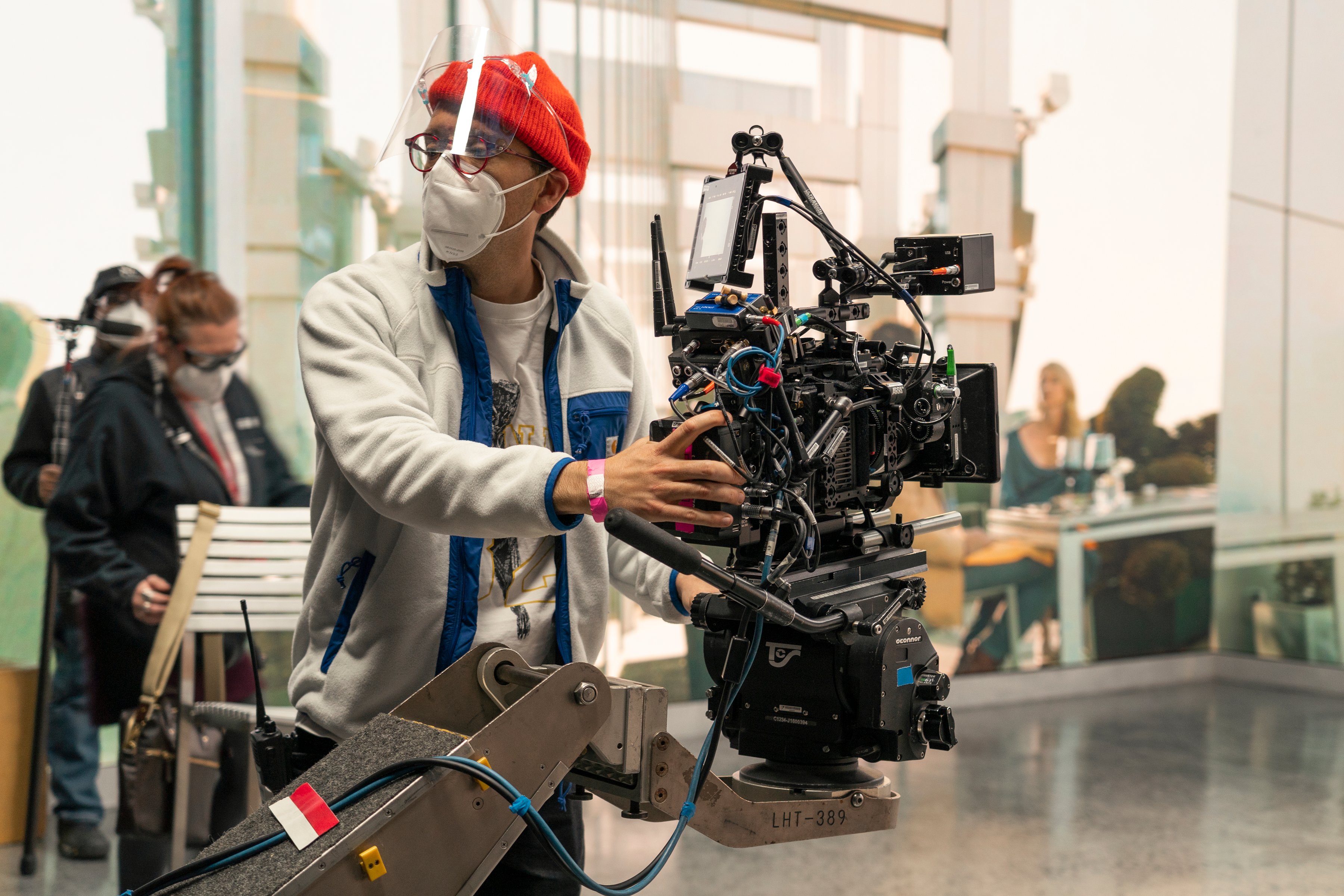
The series’s dramatic storyline follows young Colin (Jaden Michael) through his high school years, during which he’s confronted with the often harsh realities of organized competitive sports. He’s encouraged by his adoptive parents (played by Nick Offerman and Mary-Louise Parker) to improve and express himself, but he also starts to realize that there may be more to his success or failure as an athlete than just his performance on the field.
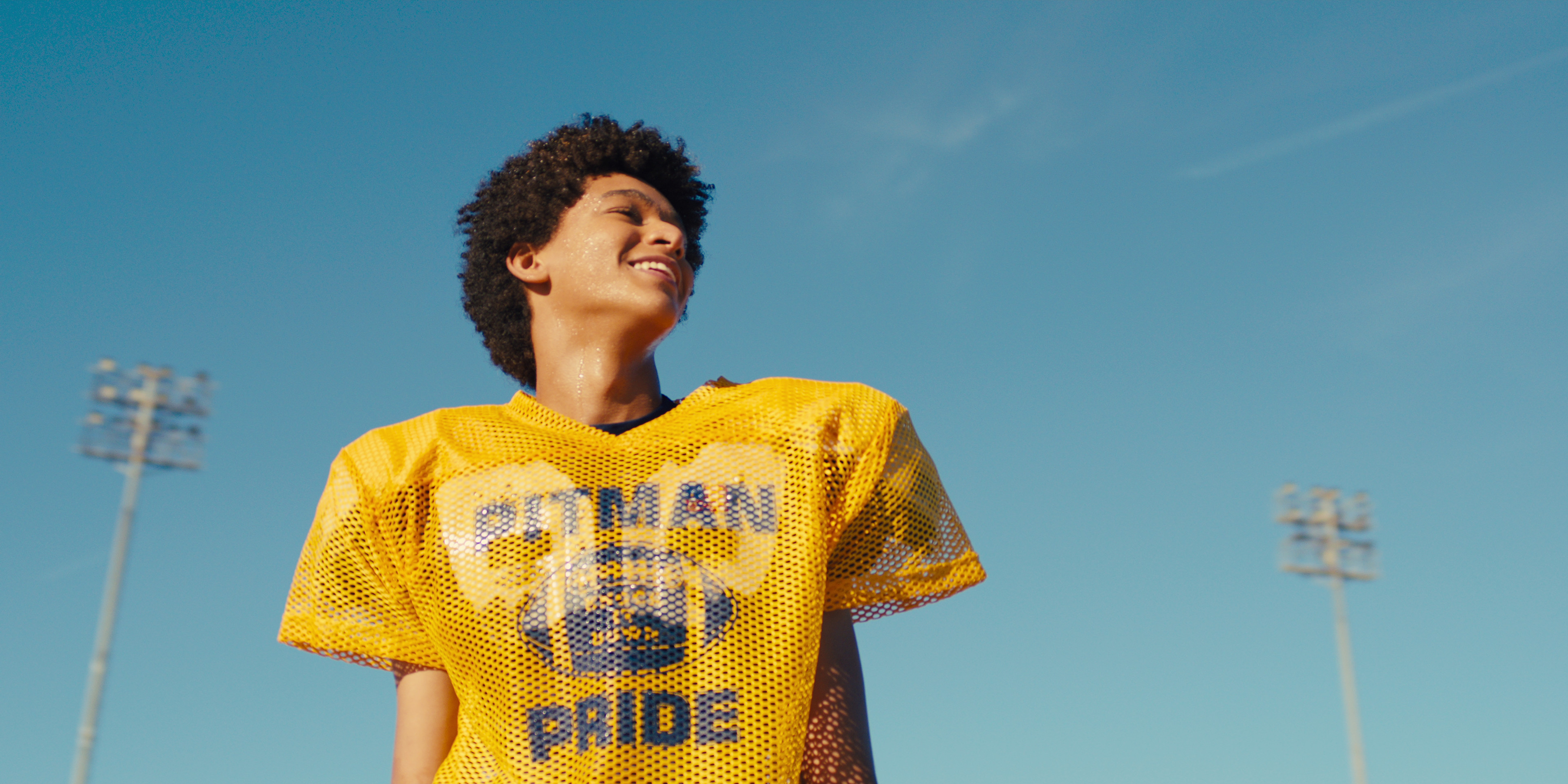
Present-day civil rights activist Kaepernick is the Greek Chorus in a gallery-like space where scenes from his life play out on the walls, allowing him to step in and out of the scenes to comment and provide context on the story.
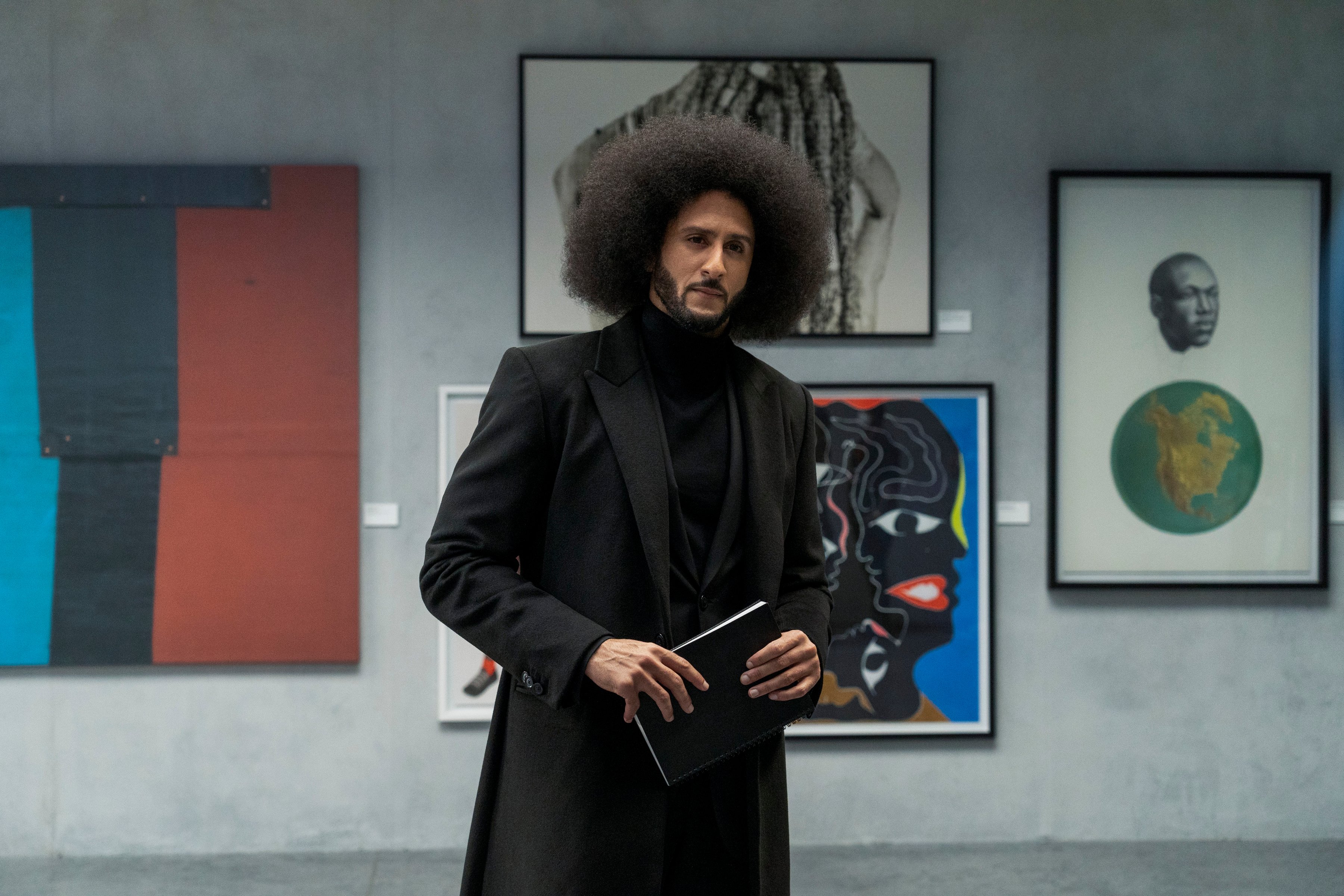
The filmmakers originally planned to shoot Kaepernick’s scenes during principal photography in Los Angeles, but the 2020 COVID-19 pandemic started to peak and the idea of relocating him from New York City for three months of production became increasingly unrealistic.
“Ava did what she’s great at and quickly pivoted,” says Lloyd, who, along with DuVernay, writer/showrunner Michael Starburry and production designer Scott Dougan came up with a solution that also maintained the integrity of their original idea: a literal gallery of the mind. But this new approach prompted new questions about the process. “What does the installation of your life look like? How do you visualize memories?” Lloyd and the others asked themselves. He also questioned the "metaphysics" of their plan — how they could shape time and space to the needs of the story.
Working from Starburry’s revised drafts, Lloyd, DuVernay and storyboard artist Amy Lynn Umezu meticulously plotted each transition between the gallery and the narrative. Next, production began the filming of scene and background plates in Los Angeles for projection on the set with Kaepernick in New York City.
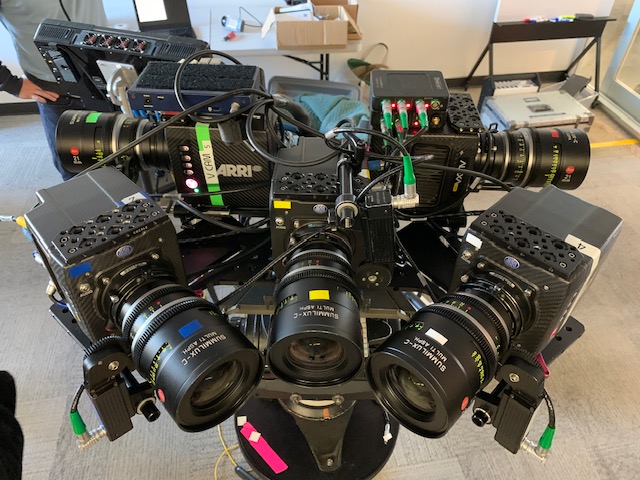
1st AC Dave Edsall coordinated the use of five Alexa Mini cameras with Leica Summilux-C 21mm primes in a 180-degree array, and the creation of a virtual gallery overlay, so the filmmakers could see how their image environment would map to the walls as they shot.
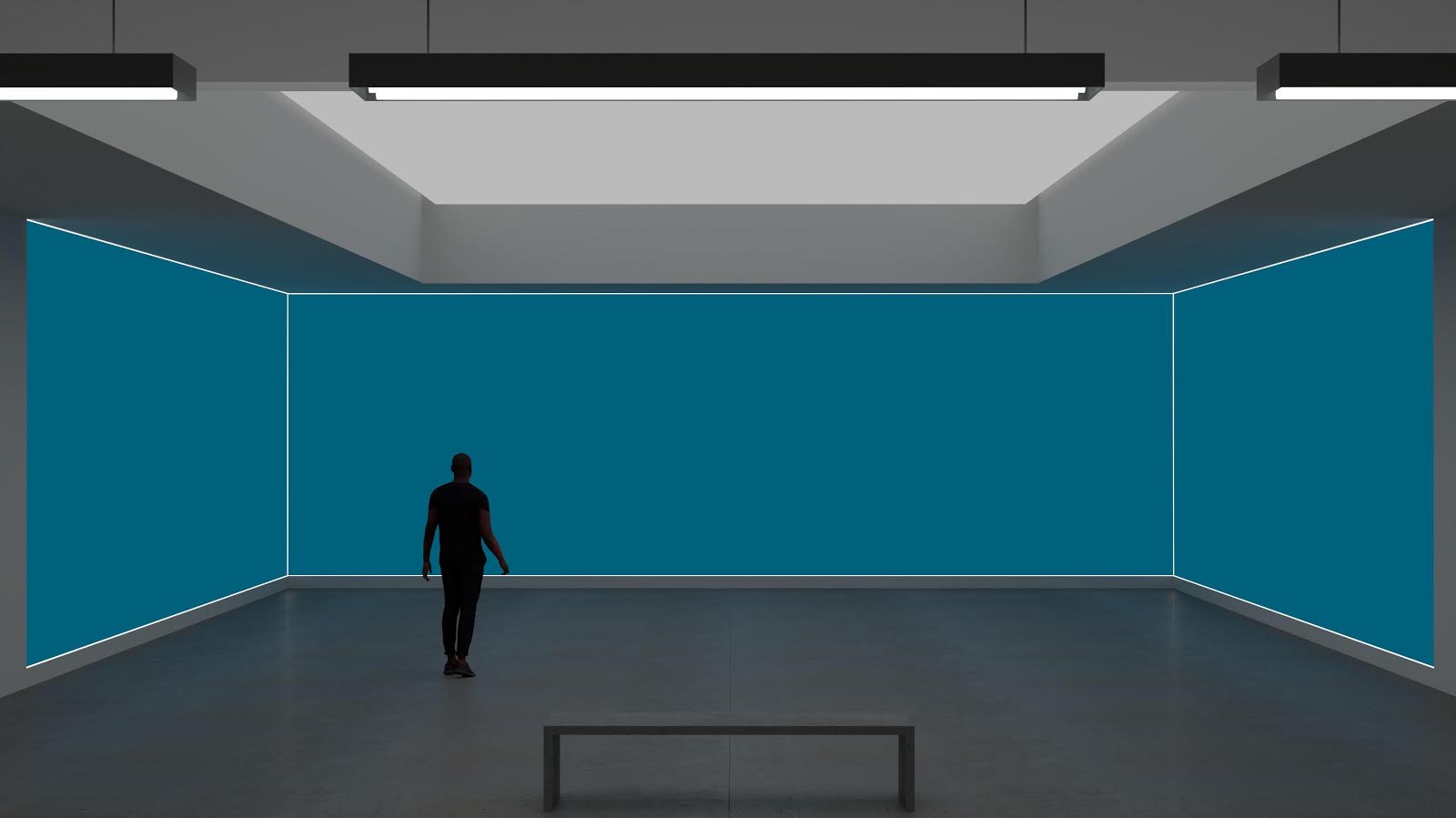
At the end of December 2020, Lloyd, DuVernay and lighting designer Christian Epps boarded a plane to New York and landed in the middle of a coronavirus lockdown. Quarantined in their hotel rooms for 10 days, they worked remotely with local gaffer Justyn Davis and key grip Devine Cox at Brooklyn’s Steiner Studios, using witness cameras and live production camera feeds facilitated by Remote Village to design shots and lighting cues. Once their quarantine ended, they had one day of rehearsal, then seven days of shooting in the gallery under DuVernay’s direction.
One half of the gallery set was created with 30' x 16' walls of 3mm LED screens provided by PRG Brooklyn, for displaying the scene plates stitched together by visual effects artists at Fuse FX in New York City. “The effect is similar to an LED volume, but more like an installation,” says Lloyd. “We wanted you to feel the physical dimension of the space.” Getting too close to the LED screens revealed individual pixels and produced a moiré effect, so Lloyd had New York 1st AC Keitt slightly de-focus the background whenever pulling focus toward the screens.

The gallery material was shot with an Alexa Mini LF and Zeiss Supreme Prime lenses, capturing 2:1 Arriraw UHD 3.8K. (Camera service in New York and Los Angeles was facilitated by Keslow Camera.) Lloyd, DuVernay, dolly grips Rashad Clinton and Yancy Rodriguez, Epps, Cox, AD Karen Radzikowski and talent were physically present on set, while lighting board operator Herrick Goldman, DIT Thomas Wong, PRG video technician Brad Peterson, and camera operator Christine Ng worked from a remote command center elsewhere in the facility. From here, Ng controlled the camera with a Libra head in conjunction with an Aerocrane jib and Fisher 10 dolly.
The set was split into two halves — gallery south, with the LED walls, and gallery north — each lit from above by 20 DMX-controlled Arri S60 SkyPanels. A double bank of 360 SkyPanels separated the two halves and bookended them on both sides. Fourteen moving MAC Vipers were used for spotlights, projections and effect lighting.
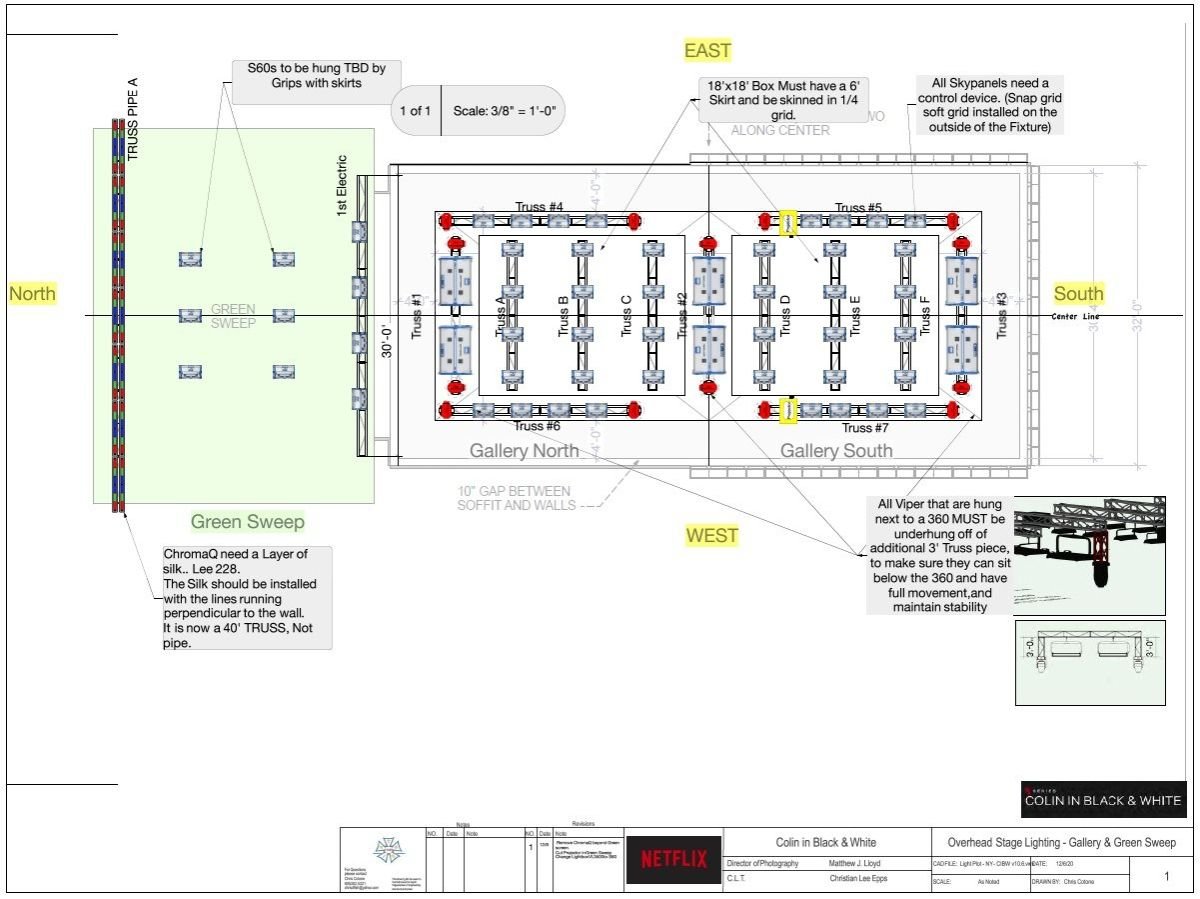
The default look was designed for optimal viewing of the LED wall, what Lloyd calls “the window into Colin’s life.” As Kaepernick moves in and out of the story, the light in the gallery also shifts. “Christian’s live performance experience was absolutely critical to our success,” says Lloyd. “He took extensive notes during the plate shoot and designed his lighting in the gallery around each vignette.”
Principal photography in Los Angeles began a week after the New York shoot. The gallery material was edited together so the individual series directors could match the eye lines and angles in their scenes.
Visual effects supervisor Greg Anderson and the artists at New York-based Fuse FX were tasked with extending the gallery set with a CGI skylight and stitching certain transitions together in post. One example is from the first episode, “Cornrows,” a scene in which Colin’s mother takes him to get his hair styled for the first time.
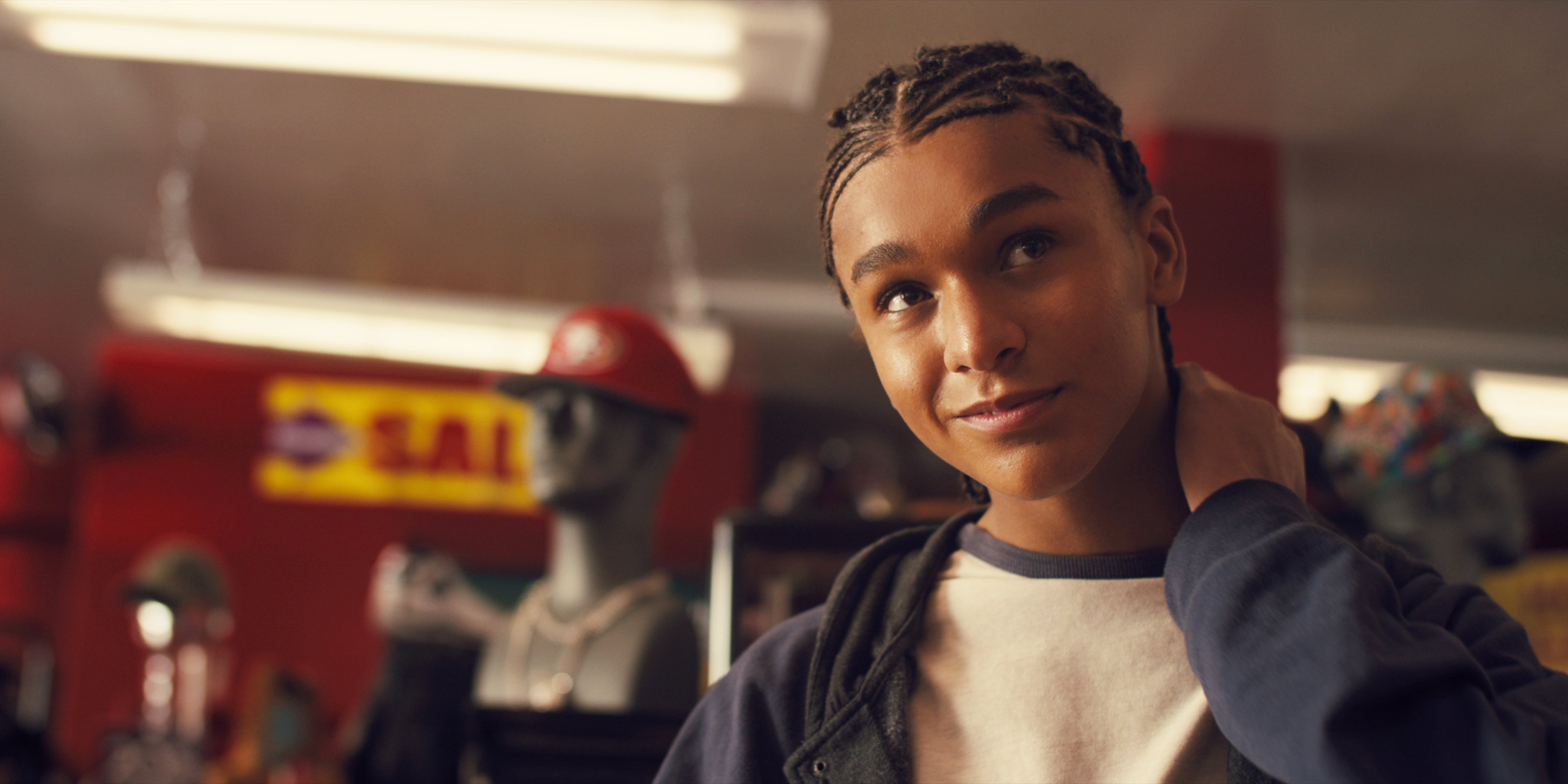
The shot circles around Colin as he takes in the shop, then tracks left through a CGI window back into the gallery, where present day Kaepernick watches himself. Anderson and his team melded past and present by reshaping the barbershop behind Colin with a perspective to match Kaepernick’s in the gallery, creating the illusion of a continuous space.
The camera move continues, tracking left with Kaepernick into a vignette about breakbeat pioneer DJ Kool Herc (Troy Witherspoon). The adjoining gallery walls behind Kaepernick transition from their neutral gray default texture to a bedroom in the Bronx in 1973, with a live-action Herc and his turntables in the foreground. Fuse FX reshaped the background plates shot in Los Angeles to line up with the camera angles in the gallery, lending a subtle diorama-like feel to the scene. “Greg not only understands visual effects, he’s a true filmmaker who understands the goal of each shot and knows the best way to get it,” says Lloyd.
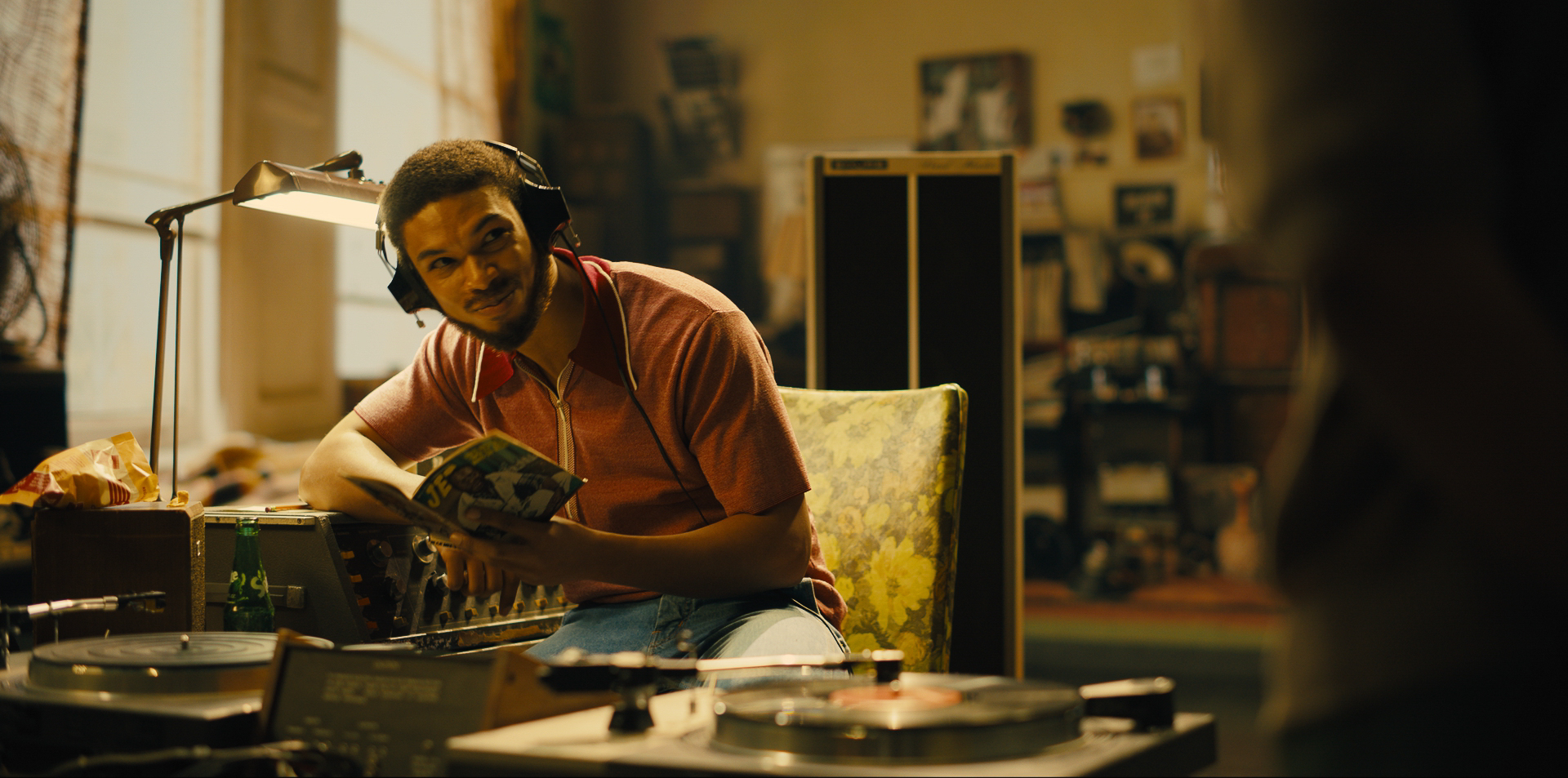
Colin in Black & White was edited by Nicholas Monsour and Jessica Hernández at DuVernay’s ARRAY and color graded by Co-Head of Features Color Mitch Paulson at Company 3 Hollywood. “Mitch did an great job of smoothing out the lighting transitions, considering that the lighting and color shifts were sometimes not exactly where we wanted them,” Lloyd remarks.
“It was amazing to work with so many talented artists and technicians on Colin in Black & White,” says the cinematographer. “Everyone worked really hard and I couldn’t be more proud of them. The results speak for themselves.”
Lloyd was invited to join the ASC in 2020. AC previously covered his work in the Netflix superhero series Daredevil and The Defenders.
